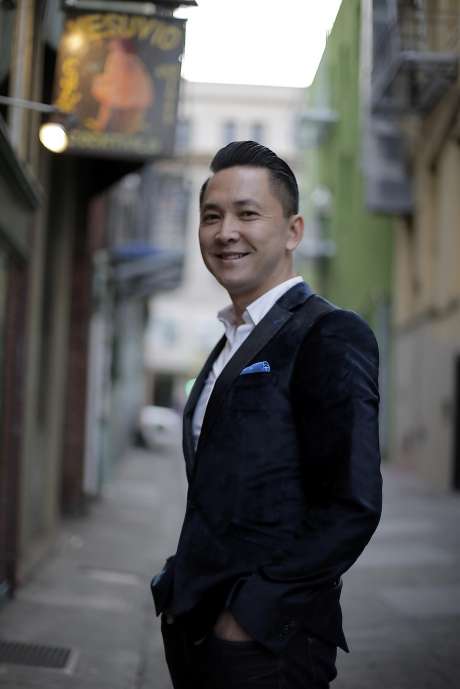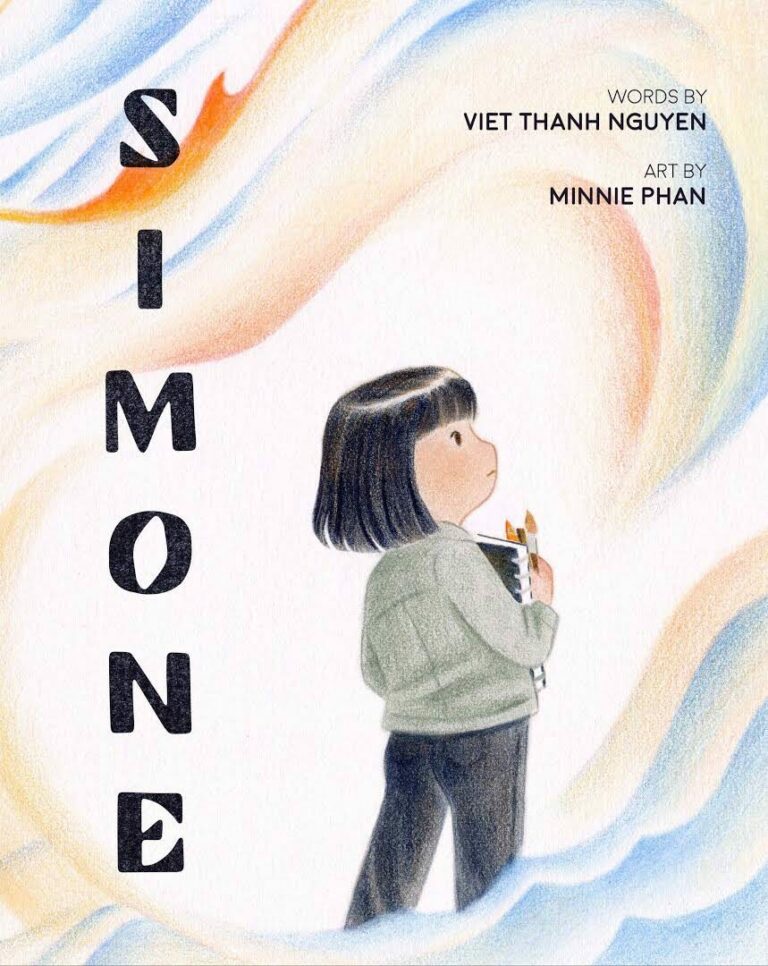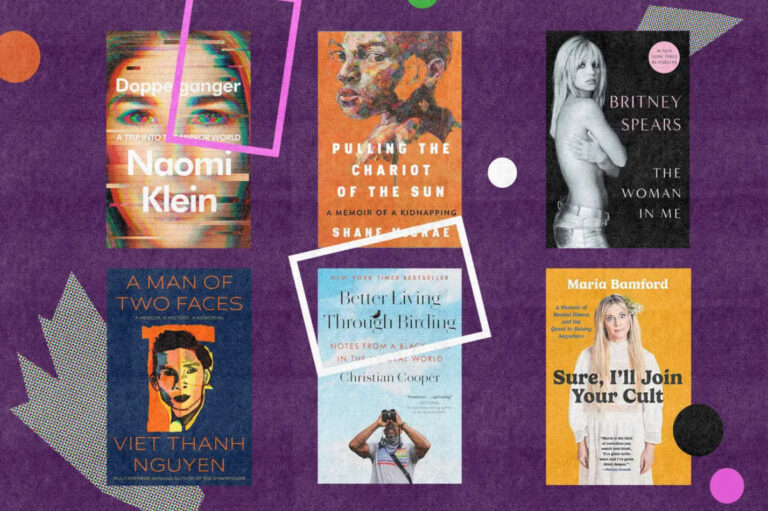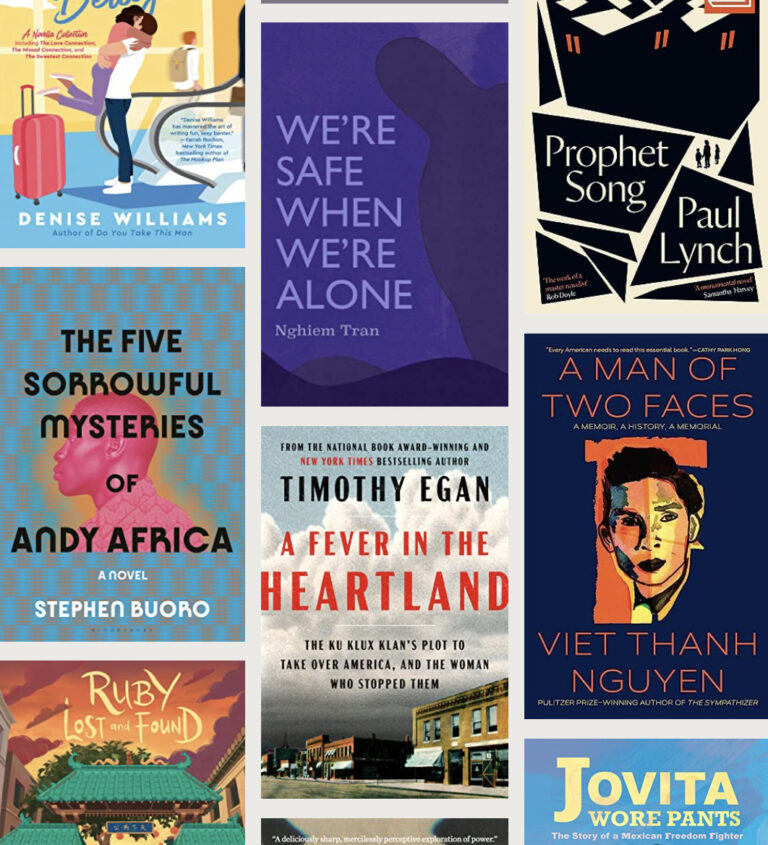Elizabeth Rosner of the San Francisco Chronicle reviews Nothing Ever Dies: Vietnam and the Memory of War.


“All wars are fought twice,” writes Viet Thanh Nguyen. “The first time on the battlefield, the second time in memory.”
It’s a notion that Nguyen, born in Vietnam in 1971 and raised in San Jose, has been exploring throughout his writing life.
And now many are paying attention.
Last month, Nguyen won both the Pulitzer Prize for fiction and the Edgar Award (given by the Mystery Writers of America) for his debut novel, “The Sympathizer,” published last year by Grove Press. This month, Harvard University Press is releasing Nguyen’s nonfiction book “Nothing Ever Dies: Vietnam and the Memory of War.”
Nguyen, who teaches at the University of Southern California, spoke about his work at a recent standing-room-only event at City Lights Bookstore in San Francisco. He managed to be simultaneously deadly funny and deadly serious, with a presentation style that was ironic, direct, authentic and graceful. Appearing with him was his former UC Berkeley creative writing professor, the beloved author Maxine Hong Kingston.
“In my class, I don’t think that Viet said more than two words,” Kingston said. “And now, I can see that he is such a different person … a writer with so much natural creative power. By looking at and through the truth, he comes out the other side.
“Viet’s amazing feat is to help us remember that by looking historically at all sides of the truth, there is some hope not to go to war again.”
Nguyen said, “Maxine was one of the very few Asian American writers being published when I was starting out. And she was a pioneer in the blending of genres. That was an important inspiration.”
Nguyen said he deeply admires Kingston for her work in the peace movement. He emphasized the inseparability of his own writing and activism: “Realism shows things the way we are, but I’m interested in the way things should be and can be.”
Nguyen says both his novel and nonfiction book grew out of an impulse to look at the underlying issues of war and the limiting idea that we have to choose sides — even after the war is supposedly behind us.
“We can’t get over the past until we recognize how militarism, racism and capitalism are tied together,” he said. “We still have the same nexus of problems. And in many ways, we are still fighting the same continuous war.”
“The Sympathizer,” which Chronicle reviewer Thomas Chatterton Williams called “powerful and evocative,” centers on a double agent, an unnamed South Vietnamese captain who moves to the United States after the Vietnam War. In a skillful variation on the narrator of “The Sympathizer,” Nguyen opens the prologue of his nonfiction book, “Nothing Ever Dies,” by announcing: “I was born in Vietnam but made in America.”
“‘The Sympathizer’ ends very pessimistically, and it’s very dark,” said Kingston. “But I think the new book goes to a very different place. There is so much hope.”
In “Nothing Ever Dies” Nguyen uses the kaleidoscopic lenses of film, literature and art to examine as well as to shatter our familiar recollections.
“In the U.S.,” Nguyen said, “we lost the war in fact but won the war in memory. We can export our versions everywhere in the world, and that means we don’t necessarily have to pay attention to the memories of others.”
He challenges readers to acknowledge that their “screen memories” and “secondhand memories” have been powered by those who control a nationalist narrative: stereotyped visuals delivered via Francis Ford Coppola’s “Apocalypse Now” and images such as “Phan Thi Kim Phuc, the naked, napalmed girl running down a road in Nick Ut’s 1972 photograph.” (Note that Nguyen makes a point of naming not only the photographer of that iconic moment, but also the unforgettable human subject.) While giving an ambitious overview of our “burned-in” memories of the war in Vietnam, he also meticulously includes discussion of lesser-explored traumas in Cambodia and Laos.
In “Nothing Ever Dies,” Nguyen aims his critical gaze toward the subjects of identity, power and trauma — individual as well as collective. He insists that in order to wrestle effectively with “the troubling weight of the past,” we must resist the temptations of amnesia, nostalgia and other constructed simplifications. Our only hope for peace depends on a commitment to expanding our conversation about war and speaking uncomfortable truths about a collaborative history.
Nguyen’s goal is to achieve a “complex ethics of memory, a just memory.” He strives “both to remember one’s own and others, while at the same time drawing attention to the life cycle of memories and their industrial production, how they are fashioned and forgotten, how they evolve and change.” He closely studies the ways that genocide is commemorated through public monuments and sites, as well as through postwar art.
“Typically we put a huge amount of effort into memorial spaces where we can gather, like in Washington, D.C.,” Nguyen said. “It’s important to do that, but there are so many places where terrible things have happened and have not been memorialized. One small step toward addressing the past is to acknowledge how, for example, with the history of slavery, the legacies of the past have left material inequities in the present.”
In a chapter titled “On the Inhumanities,” he pairs graphic artist Art Spiegelman and his groundbreaking post-Holocaust book “Maus” with Cambodian filmmaker Rithy Panh, who “creates art to address [Khmer Rouge death camp commandant] Duch, the genocide, and his personal experience of survival and witnessing most of his family die from starvation and illness.”
Nguyen focuses on confronting the implications of our own dark potential.
“These artists seem to return, again and again, to the scene of the crime in an effort to understand it,” he writes. Since creativity can extend beyond national boundaries, Nguyen posits that art may offer a less polarized view of the past, enabling a path toward genuine reconciliation.
Still, even creative reflections on war may be inherently problematic. Discussing Maya Lin’s “black wall” Vietnam Veterans Memorial in Washington, D.C., Nguyen cites Lin’s own comments about the design: “To some, I am not really an American. … The feeling of being other has profoundly shaped my way of looking at the world — as if from a distance — a third person observer.” Nguyen suggests that the wall’s power comes from “its deep ambivalence about war and soldiers, who do not even appear personified as figures, faces, or bodies.”
He adds this devastating observation from photographer Philip Jones Griffiths: “Everyone should know one simple statistic: the Washington D.C. memorial to the American war dead is 150 yards long; if a similar monument were built with the same density of names of the Vietnamese who died in it, [it] would be nine miles long.”
Nguyen writes about filmmaker Dang Nhat Minh, whose 2009 epic “Don’t Burn” is based on the diary of a young North Vietnamese woman, “an idealistic doctor who volunteered for war and was killed by American troops. Instead of telling only Dang Thuy Tram’s story, [the director] also depicted the story of the American officer who recovered her diary and brought it back to her family more than thirty years later.”
Nguyen explains: “The South Vietnamese soldier who first read her diary told his American superior, ‘Don’t burn it. It’s already on fire.’”
Those who risk searching among the borderless embers and ashes of war will find much to learn in Nguyen’s pages, too.
Elizabeth Rosner is the author of three novels, most recently “Electric City,” and is working on a book of nonfiction titled “Survivor Cafe.”


